The Xinfrared T2S Plus is considered one of the pioneers among thermal imaging cameras for smartphones with a usable 8mm macro lens. This special design allows users to capture detailed thermal images of objects even at close range, which is especially useful for identifying heat loss, the condition of insulation, electrical problems and details, or damage to circuit boards and their components. The outstanding feature of this camera is the focusable 8 mm macro lens that allows magnification of the subject.
Back-Friday-Offer with 20 % off: 257 instead of 339 Euro
(use the 20% Black-Friday discount plus the discount code igorslab5 in the order for a further discount)
And who, pray tell, is Xinfrared? This is a consumer brand from InfiRay, a manufacturer that specializes in infrared camera technology. Its products include a variety of infrared cameras in the mobile space, including models designed specifically for smartphones. The cameras are used in a variety of industries, from building diagnostics to hardware inspection. So much for the theory.
Since the built-in bolometer of the Xinfrared T2S Plus is also much more capable than the small 80 x 60 bolometers of the usual smartphones with the cheap FLIR chips, my private curiosity was naturally aroused. Can this camera perhaps even replace my extremely expensive, but unfortunately also wired camera technology in certain situations? I’ve been looking for a complement for quite some time, so this all has a very practical background for me as well. I have therefore described today’s self-experiment in more detail and also calibrated the camera beforehand, because it can clearly do more than what you get served up as PR half-knowledge in the usual influencer videos or blogs.
That’s why I’ll come back to the app in a special chapter, because you can only measure relatively accurately with the right settings and not just estimate where the hot and cold spots are. And in general – in order to discourage the careless from using the app and at the same time motivate them to finally learn more about it – I have added a short technical explanation of the technology used. If this is still not enough, please refer to the basic article on the last page.
Scope of delivery and accessories
The camera and its accessories were delivered safely in a well-padded box. The Xtherm II T2S weighs 18 grams and measures 26 millimeters in width, 26 millimeters in height, and 24.2 millimeters in thickness. Included are a small, padded storage case, a Lightning or Type-C extension cable, and a quick start guide and stickers that no one needs. An accompanying software package, which you have to download yourself, provides the necessary tools to select the appropriate options and capture the resulting photos and videos.
Camera details about the T2S Plus and theoretical basics of a bolometer
Weighing 18 grams, the T2S Plus model features a 256 x 192 sensor array that produces the basic thermal image. This compact camera is equipped with a 12 μm infrared detector and an integrated, adjustable 8 mm macro lens. After all, the image displayed with this ends up reflecting the detail of the thermal detector. Infrared resolutions usually vary between 80 x 60 and 640 x 480 pixels. Higher resolution images contain more information, which increases measurement accuracy.
Cameras with a resolution of 80 x 60 pixels are sufficient when working close to the object to be inspected. However, better thermal resolution is required for measuring smaller targets from a greater distance. In this wavelength range, uncooled photoelectric detectors are basically not available. Since the radiation maximum in the mid-infrared is for substances with temperatures that occur naturally on Earth, bolometer arrays are being used to develop thermal cameras that can operate without cooling and can be calibrated, as was just done with the T2S Plus.
Infrared cameras are specialized devices capable of detecting thermal radiation and converting it into visual images. These cameras are essential in areas such as building diagnostics, industrial inspection and security. Two important parameters that determine the performance of an infrared camera are NETD (Noise Equivalent Temperature Difference) and MRTD (Minimum Resolvable Temperature Difference). While NETD indicates the smallest temperature difference that the camera can detect under ideal conditions, MRTD describes the minimum temperature difference that an object must have from its surroundings for it to still be distinguishable by the camera. Proper focusing is critical to obtaining clear and accurate thermal images. An out-of-focus image can lead to incorrect interpretations and measurements.
Another critical factor in infrared detectors, especially bolometers, is pixel size. The size of the pixels can affect the spatial resolution and sensitivity of the detector. Smaller pixels can image finer details, while larger pixels are generally more sensitive to temperature changes. Understanding these parameters and their significance is critical for optimal use and interpretation of infrared camera results. The T2S Plus is actually a pretty good compromise there with the 12 μm pixel size for each sensor in the bolometer matrix. The NETD is ≤60mK @ 25 °C, F#1.0 and the MRTD is ≤500 mK @ 25 °C, F#1.0, which is quite usable for such a small camera solution. Temperatures can also be captured on the T2S Plus at a single point, along the length of a line, or within a rectangle sized to cover a specific area.
Such bolometer arrays are used to detect infrared radiation, particularly mid-infrared (MIR) radiation, and to measure temperature changes caused by incident electromagnetic radiation, particularly infrared radiation. Such a detector works by raising the temperature of a temperature-sensitive resistive material, often a semiconductor or metal film, when struck by infrared radiation. This temperature increase causes a change in the electrical resistance of the material, which is then in turn measured and converted into an electrical signal.

This signal is then further amplified and processed to produce a thermal image representing the temperature distribution of the observed area. Bolometers are characterized by their high sensitivity and can detect a wide range of infrared wavelengths. Another advantage of bolometers is that, unlike some other infrared detectors, they do not require active cooling, making them more compact and cost-effective. Their fast response time allows them to detect temperature changes in real time, making them useful for a variety of applications. However, there is one small but regarding the temperature sensitivity of the bolometer, but I’ll get to that in a moment.
Advantages and disadvantages of mobile solutions and built-in smartphone cameras
Infrared cameras in smartphones have become increasingly popular in recent years, as they offer a variety of practical applications. However, a lot of mischief is also done with them and people believe they are measuring something that doesn’t actually deserve the term measurement. Mostly, however, they are only rough estimates, because the small matrix with only a few measurement pixels, a lack of focus and the limited functions or settings in the software do not allow more. Believe instead of know, that’s unfortunately the case most of the time and always leads to nice errors and confusions.
Yes, mobile solutions also have advantages. The integration into a smartphone, for example, makes the infrared camera extremely portable and available at any time. It can be used for a variety of applications, from checking for heat leaks in a house to nighttime photography. For something like this, what’s offered is usually sufficient. By integrating it into a smartphone, users can use intuitive apps to analyze and share images. Mass production and integration into smartphones can reduce costs for individuals compared to standalone infrared cameras. However, there are also weighty reasons against such an integrated solution.
The quality of infrared images from smartphone cameras is nowhere near that of professional stand-alone infrared cameras. Some advanced features available in professional infrared cameras are almost always missing in such cheap smartphone versions. Using the infrared camera can also drain the smartphone’s battery faster, and integrating additional sensors into a smartphone can lead to compromises in other features or the device’s size. Also, here comes a very important point that I had already hinted at: smartphones can get hot during intensive use, which can then extremely affect the accuracy of the infrared camera as a result!
Mobile infrared cameras in smartphones offer a convenient and versatile way to see the world from a different perspective. While they offer many benefits, they are not necessarily a replacement for specialized equipment in professional applications. Unless you make them pluggable as an external solution like to T2S Plus, which is offered for USB-C and Lightning, Android, iOS and even Windows. Then you neither have the negative effect of the smartphone heating up nor the problems with space and a usable optics including manual focusing. If the app is also right and you can also extend the connection with external cables (e.g.) for a microscope stand, then something like this will also be interesting for me. Which closes the circle and I can come back to the camera as such. But one should have already talked about it once.
Technical data
Besides the manufacturer’s link, I have attached the excerpt from the datasheet and cut out the advertising. I get no money for it 😀
datasheet-t2s-t2l-thermal-camera-for-smartphone














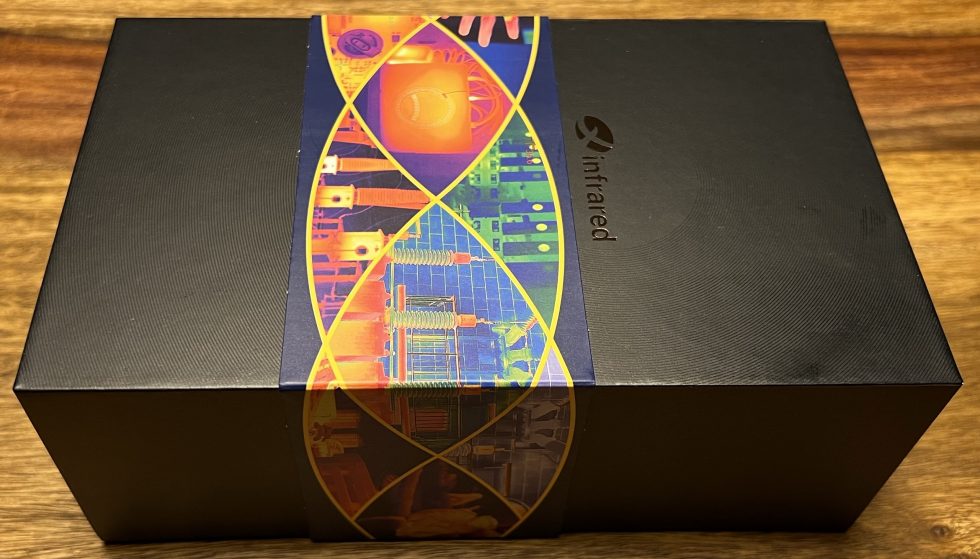
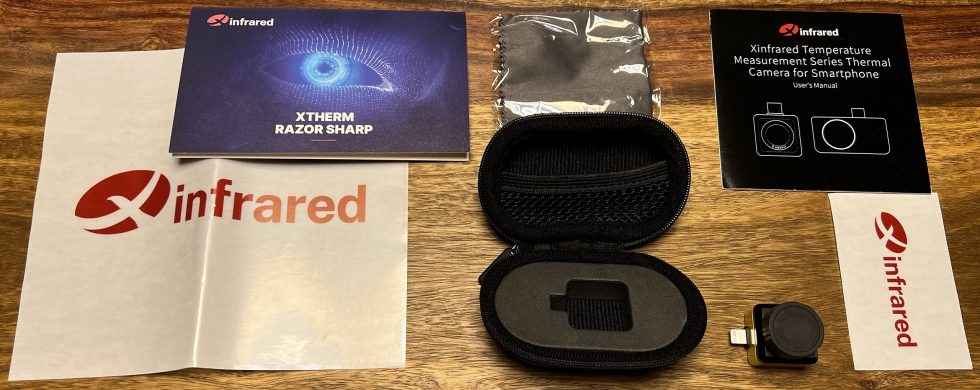
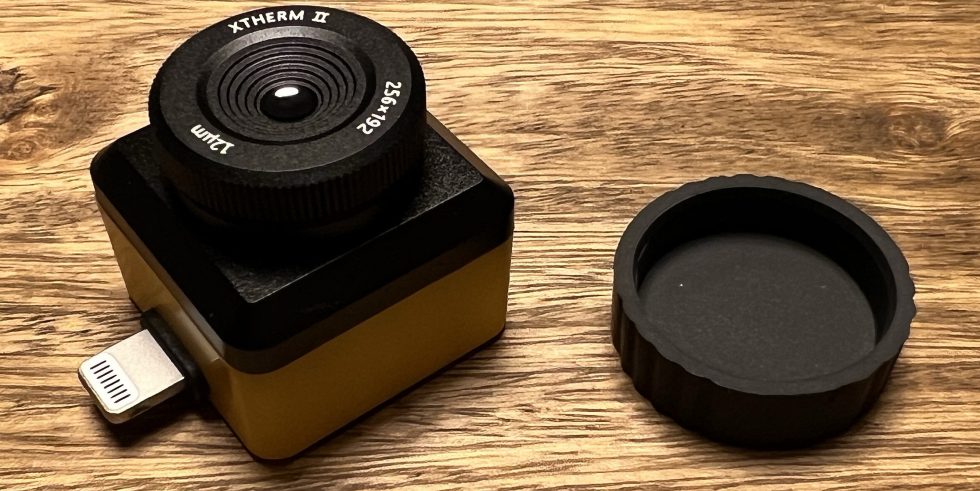
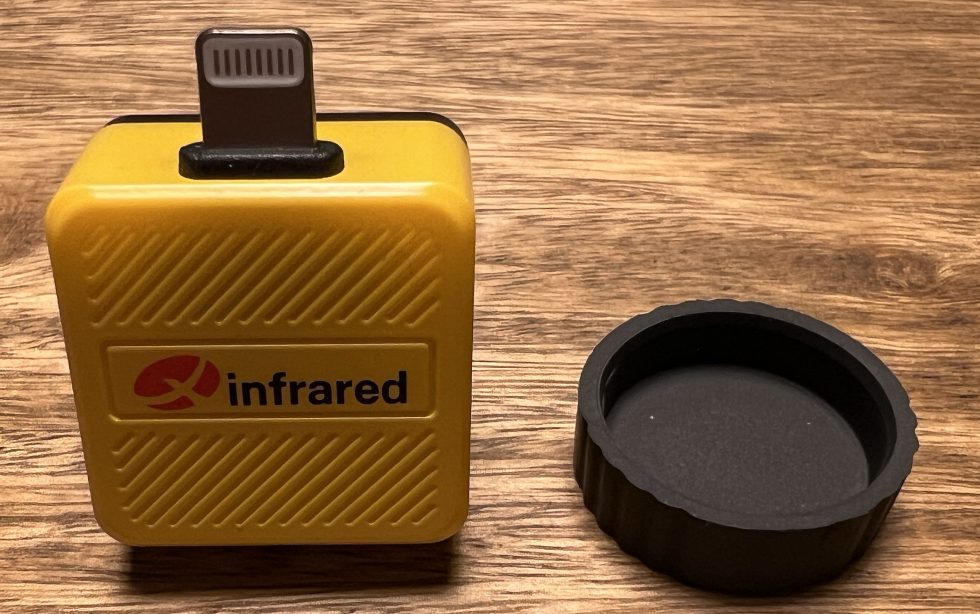
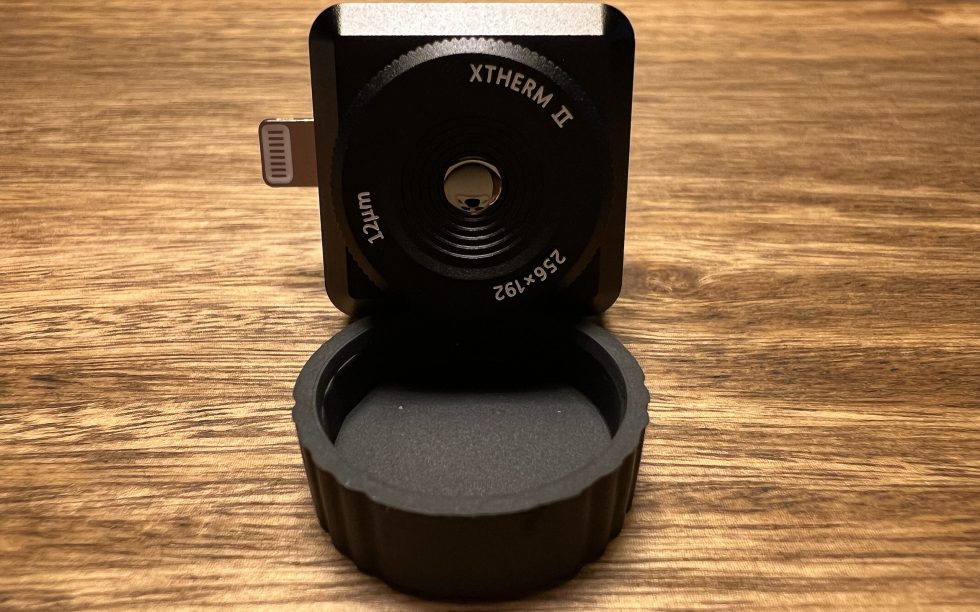


















24 Antworten
Kommentar
Lade neue Kommentare
Urgestein
1
Urgestein
1
Mitglied
1
Neuling
Urgestein
Urgestein
1
Neuling
Neuling
Urgestein
1
Neuling
Neuling
Neuling
Neuling
Alle Kommentare lesen unter igor´sLAB Community →